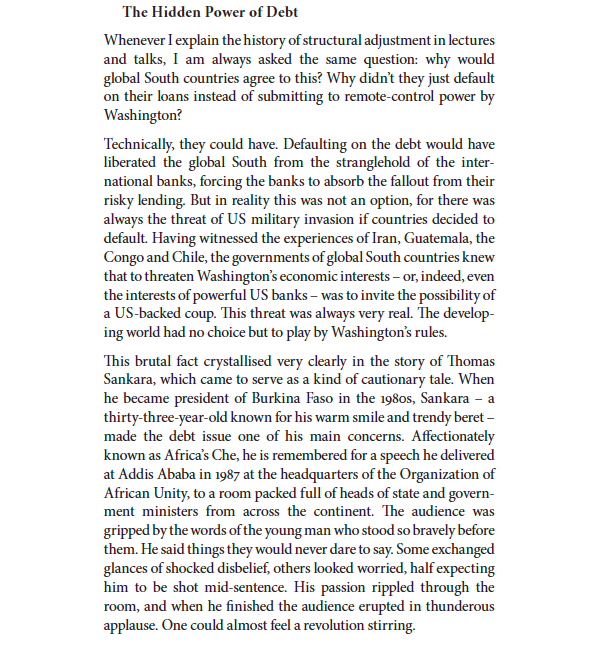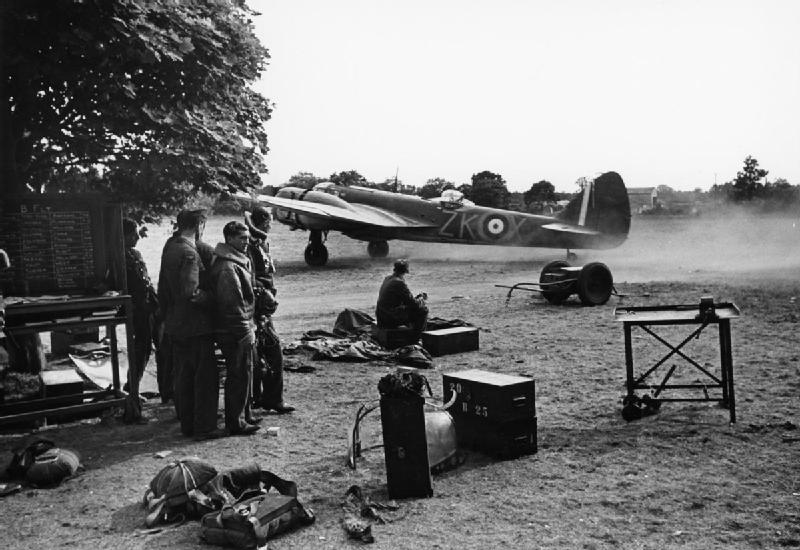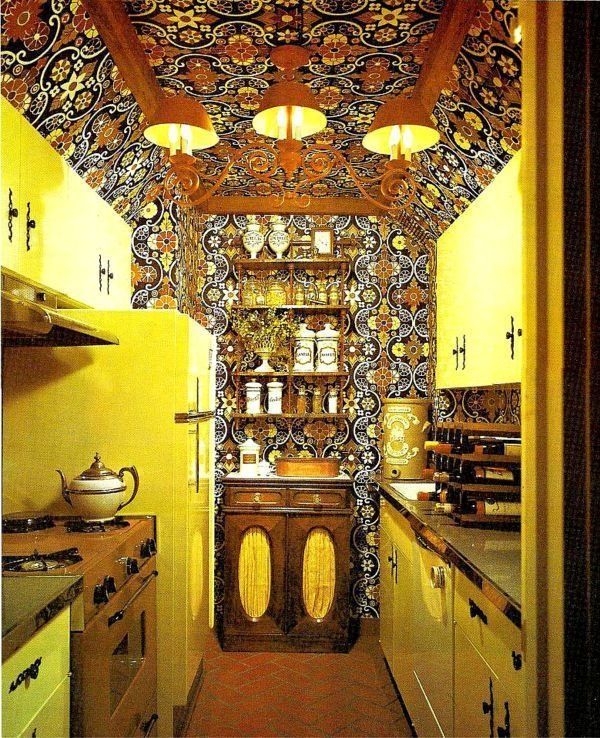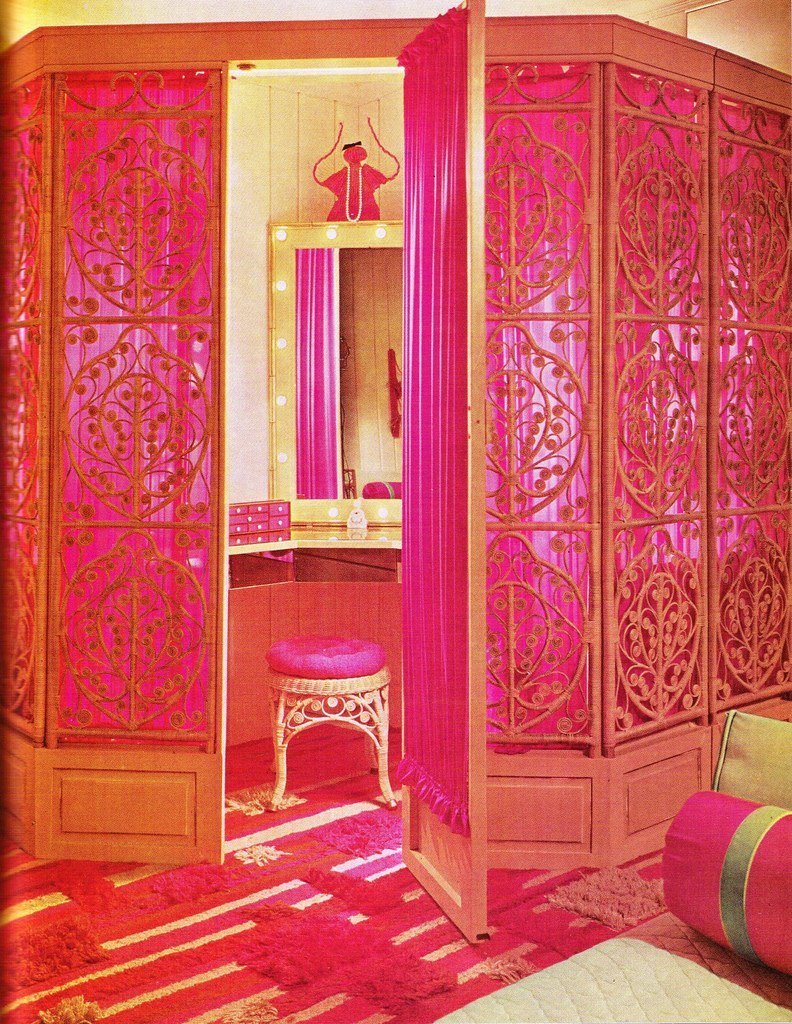
We will likely never be able to establish with certainty the identity of the two Black men painted by Rembrandt. There are no documents found, linking the painting to individuals. But we can make a reasoned guess. #BlackHistoryMonth #day20 #rembrandt #identification


painting, then we can assume that the two men
were in the studio in Jodenbreestraat to be portrayed in or before 1656.



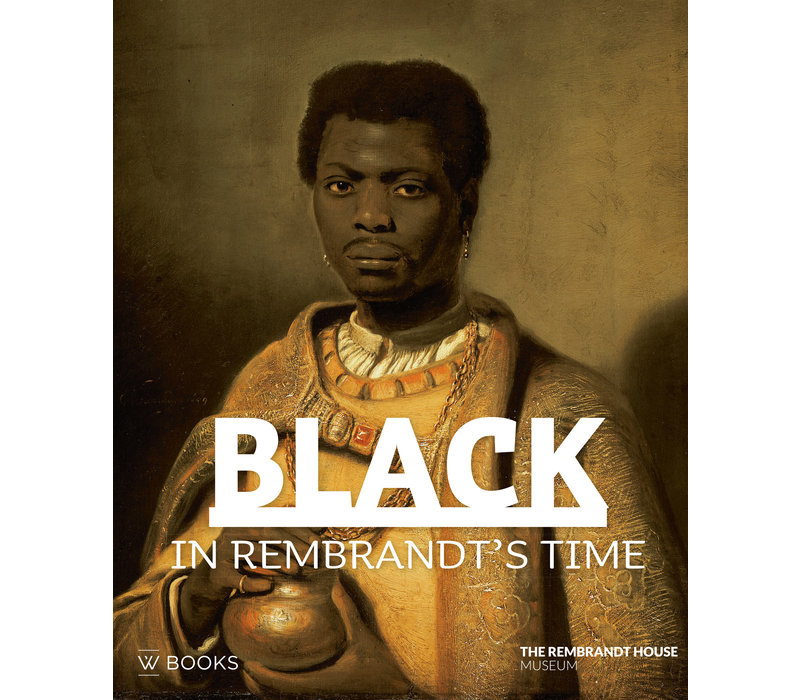
Today my article \u2018Al de swarten die hier ter stede comen\u2019 - about an Afro-Atlantic community in seventeenth century Amsterdam - was published #openaccess in @_tseg. The article is in Dutch, so I\u2019ll do a short introduction in #thread here. https://t.co/ABrNrHTT5C #twitterhistorian pic.twitter.com/CVTEWCFEiW
— Mark Ponte (@voetnoot) March 12, 2019
Mixed marriages have been part of European cultures for centuries. In 1593 Bastiaen Pieters from the kingdom of Manicongo in Africa maried the widow Trijn Pieters from Amsterdam. #migrantcity #blackamsterdam https://t.co/khqV0rgOmo pic.twitter.com/b9tlHIjdp2
— Mark Ponte (@voetnoot) December 24, 2019
'A afro-brasileira Juliana em Amsterd\xe3', I'm happy that the important story of Juliana and the Black community in 17th century Amsterdam is now available in Portuguese. #historiasdanovaholanda https://t.co/RjHq5YPni9 https://t.co/L8TEJAP0mO
— Mark Ponte (@voetnoot) December 17, 2020
During #BlackHistoryMonth everyday a tweet about Amsterdam's Black History. Read some stories on my blog: https://t.co/aqrp5BY22v pic.twitter.com/sWVx8WGeZa
— Mark Ponte (@voetnoot) February 2, 2021
More from History
You May Also Like
His arrogance and ambition prohibit any allegiance to morality or character.
Thus far, his plan to seize the presidency has fallen into place.
An explanation in photographs.
🧵
Joshua grew up in the next town over from mine, in Lexington, Missouri. A a teenager he wrote a column for the local paper, where he perfected his political condescension.
2/

By the time he reached high-school, however, he attended an elite private high-school 60 miles away in Kansas City.
This is a piece of his history he works to erase as he builds up his counterfeit image as a rural farm boy from a small town who grew up farming.
3/

After graduating from Rockhurst High School, he attended Stanford University where he wrote for the Stanford Review--a libertarian publication founded by Peter Thiel..
4/
(Full Link: https://t.co/zixs1HazLk)
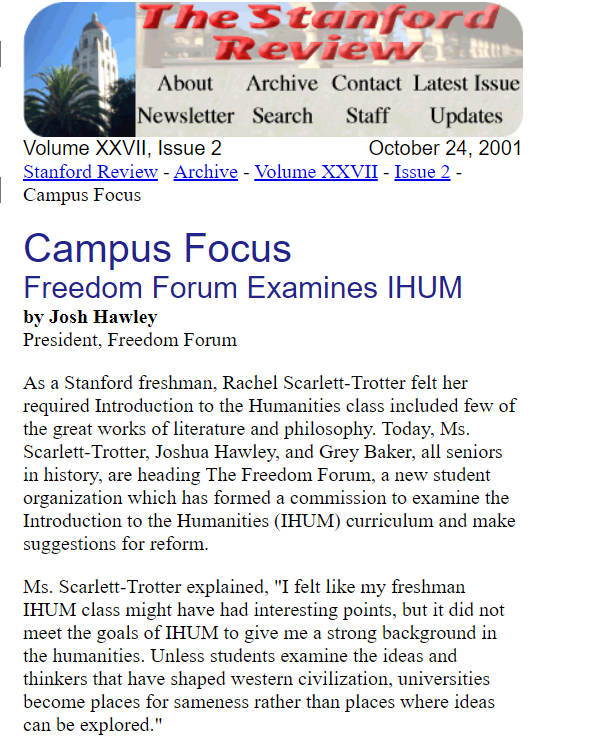
Hawley's writing during his early 20s reveals that he wished for the curriculum at Stanford and other "liberal institutions" to change and to incorporate more conservative moral values.
This led him to create the "Freedom Forum."
5/
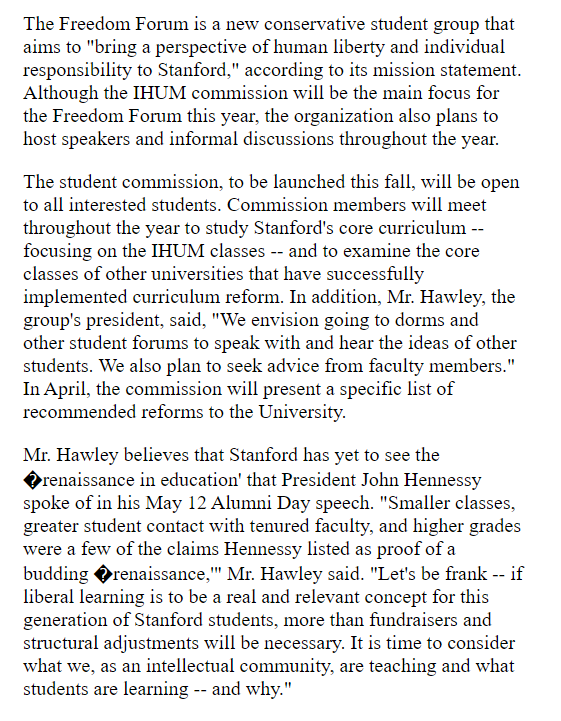

Just added Telegram links to https://t.co/lDdqjtKTZL too! Now you can provide a nice easy way for people to message you :)

Less than 1 hour since I started adding stuff to https://t.co/lDdqjtKTZL again, and profile pages are now responsive!!! 🥳 Check it out -> https://t.co/fVkEL4fu0L

Accounts page is now also responsive!! 📱✨

💪 I managed to make the whole site responsive in about an hour. On my roadmap I had it down as 4-5 hours!!! 🤘🤠🤘



